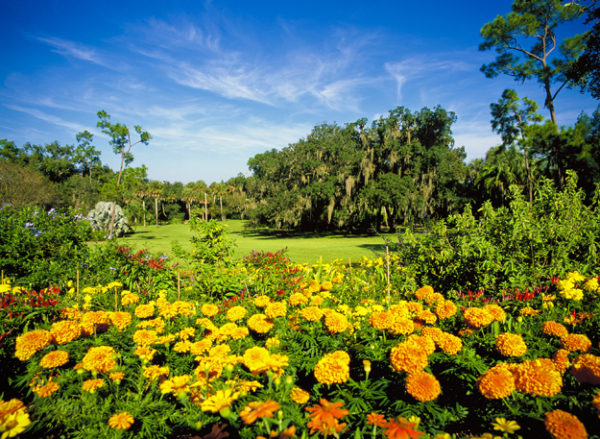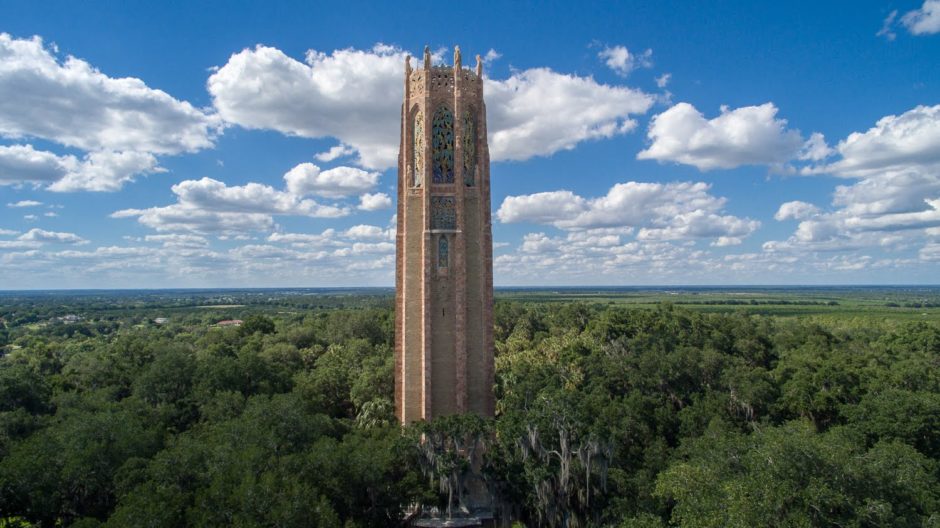Frederick Law Olmsted is surely one of the most illustrious landscape architects the world has ever known. His credits include Mount Royal Park in Montreal and Central Park in New York City, two of the finest municipal parks in North America.
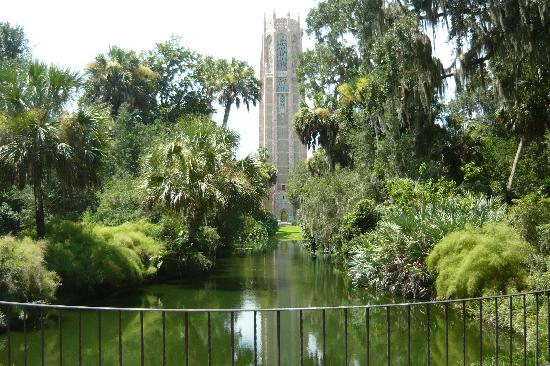
Olmsted’s genius also makes its presence felt in Bok Tower Gardens, one of the most beloved tourist attractions in Florida. A place of wonder, serenity, grand vistas and meandering pathways, it consists of a botanical garden and a nature trail, a soaring Gothic Revival bell tower producing ethereal music and a stylish mansion widely regarded as a stellar example of Mediterranean architecture.
Originally created as a bird sanctuary and wildlife haven, and listed on the National Register of Historic Places, it was the brainchild of Edward Bok (1863-1930), a Dutch immigrant who wanted to make America “a bit more beautiful.” That he succeeded is beyond any doubt.
Bok, whose grandson Derek was the president of Harvard University from 1971 to 1991, was a journalist. He edited the Ladies Home Journal for 30 years and won the Pulitzer Prize, in 1920, for his autobiography, The Americanization of Edward Bok. His wife, Mary Curtis, was the founder of the Curtis Institute of Music in Philadelphia.

The community-minded couple, who maintained a winter home in central Florida, embarked on their grandiose project in 1927. The president of the United States, Calvin Coolidge, dedicated Bok Tower Gardens on February 1, 1929.
When Olmsted first set eyes on the proposed site in Lake Wales, it was a desolate sand hill and, at 298 feet above sea level, was among the highest points in Florida. Tasked with transforming it into a “beauty spot second to none in the country,” Olmsted proceeded to fill the forlorn space with trees, bushes, ferns and flowers.
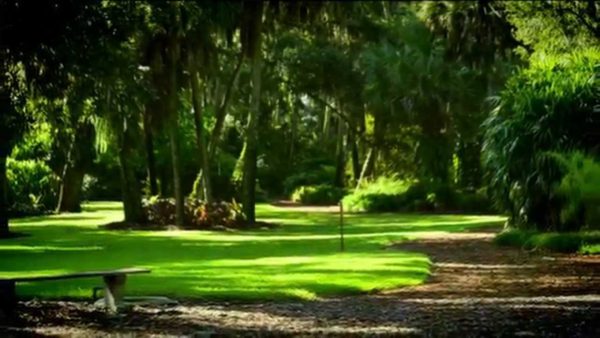
As I wandered through its manicured grounds, an island of beauty and tranquility, I passed palms, oaks and pines, jasmine and a profusion of seasonal flowers ranging from azaleas to magnolias.
In line with Bok’s vision, Olmsted also drew up plans for a reflection pool adjacent to the garden’s centrepiece, the carillon tower. Constructed of pink and grey Georgia marble and Florida coquina stone, the Singing Tower can withstand extreme hurricane winds.

Square at its base, the tower changes into an octagon at a height of 150 feet. The heavy brass door leading into the tower — which is graced with biblical embellishments from the Book of Genesis — was crafted by a Jewish immigrant from Poland, David Yellin, an admired figure in the world of decorative artwork.
The interior of the tower is closed to the public, but as a journalist, I was admitted. An elevator whisked me up to a platform high above an exquisite panorama of citrus groves, trees and shimmering lakes. The 60 bronze carillon bells in the bell chamber, a few floors down, ring out daily recitals at 3 p.m. and half-hourly pieces starting at 10 a.m.
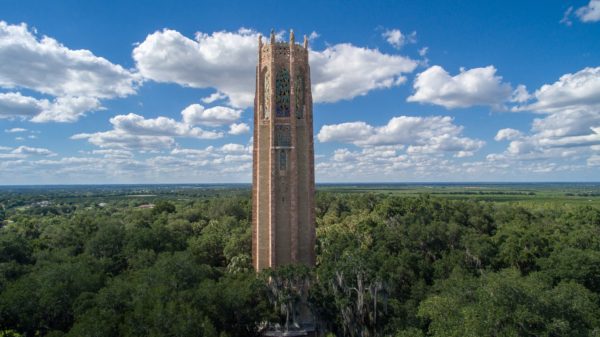
Twice a year, magical moonlight concerts under the stars, featuring classical hits, take place at the base of the tower on a sloping grassy field near citrus plantations. The event draws thousands of visitors who bring along picnic baskets.
During my visit, the Orlando Philharmonic Symphony played a rousing program of Offenbach, Copeland, Berlioz and Lehar.
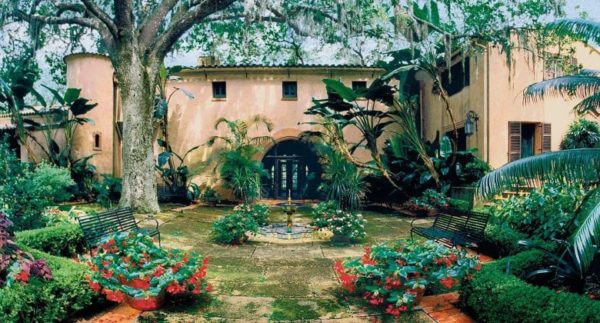
Prior to the concert, I followed the Pine Ridge Trail to the Pinewood Estate, an exquisite residence surrounded by ornate gardens and orange trees heavy with ripening fruit. Originally named El Retiro, which means retreat in Spanish, the mansion was built in the early 1930s for Charles Austin Buck, a Bethlehem Steel vice president.
Like the rest of Bok Tower Gardens, it was incredibly beautiful.
